Rasta 253 rezultatai (-ų)
Skip results of view Duomenų istorijos
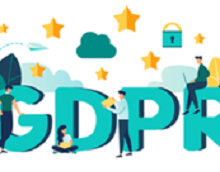
- Data Story
Background and aim of the PSI directive and its revision The aim of the PSI Directive on re-use of Public Sector Information is to foster and guide the re-use of Public Sector Information (PSI). The directive advocates making more public sector data and public research data available at higher quality to increase the reusability. A solid framework guides which data needs to be open and how...
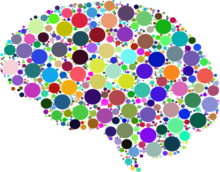
- Data Story
AI and data: a crucial combination Artificial Intelligence (AI) technology has the capacity to extract deeper insights from datasets than other techniques. Examples of AI are: speech recognition, natural language, processing, chatbots or voice bots. To get AI applications to work, big sets of high quality (open) data are necessary. But what requirements does this data have to meet? To answer this...

- Data Story
What is the background of the GDPR? As technologies develop and more and more data are produced and collected, several initiatives seize the potential of the data by re-using it to gain insight or provide new products and services. Mobile applications can, for example, tell users when it will rain in which area by linked weather and geo data. Websites on public procurement provide inside on public...
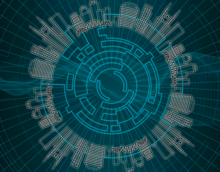
- Data Story
Using AI in the public sector is possible, but how? Artificial Intelligence (AI) software has been called the most disruptive force in technology and it offers an unprecedented opportunity to transform both the private- and public services sector. It is a priority for the European Union and the European Commission recently presented a series of measure to boost Europe's competitiveness in this...

- Data Story
The rise of cultural Open Data Cultural institutions possess a lot of valuable information. Examples are the collections that cultural institutions manage and the available knowledge about these collections. New technologies have made it possible to expose cultural heritage on digital platforms and in the last few years, an increasing number of cultural institutions digitised their collections...
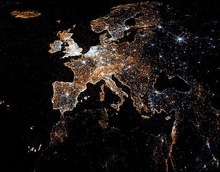
- Data Story
Europe is making considerable progress in reaching Open Data maturity and is fast-forwarding its Open Data transformation. Recent studies show that higher economic benefits are expected from Open Data at both macroeconomic and microeconomic levels. Data holds a tremendous potential for societies and economies. When disclosed, data can stimulate economic growth, better decision-making, more...

- Data Story
Are you a nature lover? Then you should explore the benefits Open Data can bring you. Did you for instance know that the European Data Portal can help you to find - or to avoid - brown bears ('Orso Marsicano') in the region of Lazio, Italy? This dataset presents the events of bear encounters between the '90s and 2015, and shows these encounters on a 2 by 2 kilometer grid. Documenting these...

- Data Story
Not all Open Data has the same potential for re-use. A total of thirteen data categories can be found on the European Data Portal, but certain data categories are more likely to be re-used than others. On a European level, the European Commission has identified five thematic data domains that are expected to represent those with the highest demand from re-users across the EU: geospatial data...
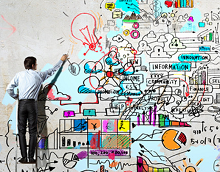
- Data Story
Through its series of eLearning modules as well as interactive Open Data materials, the European Data Portal has put together a comprehensive companion for all Open Data 'aficionados', that covers the main aspects of Open Data - from its definition and benefits, to choosing the right data format and licence, cleaning up data and sustainability of Open Data. Our experts have selected 16 short...

- Data Story
Understood as the 'new oil' that makes societies and economies run more smoothly, data remains until now a resource whose potential is not tapped to its fullest. Numerous studies have measured the impact of data for economic, political and societal development, with several others pinpointing the importance of Open Data for economic growth. Open Data is seen as a driver for economic growth and an...
